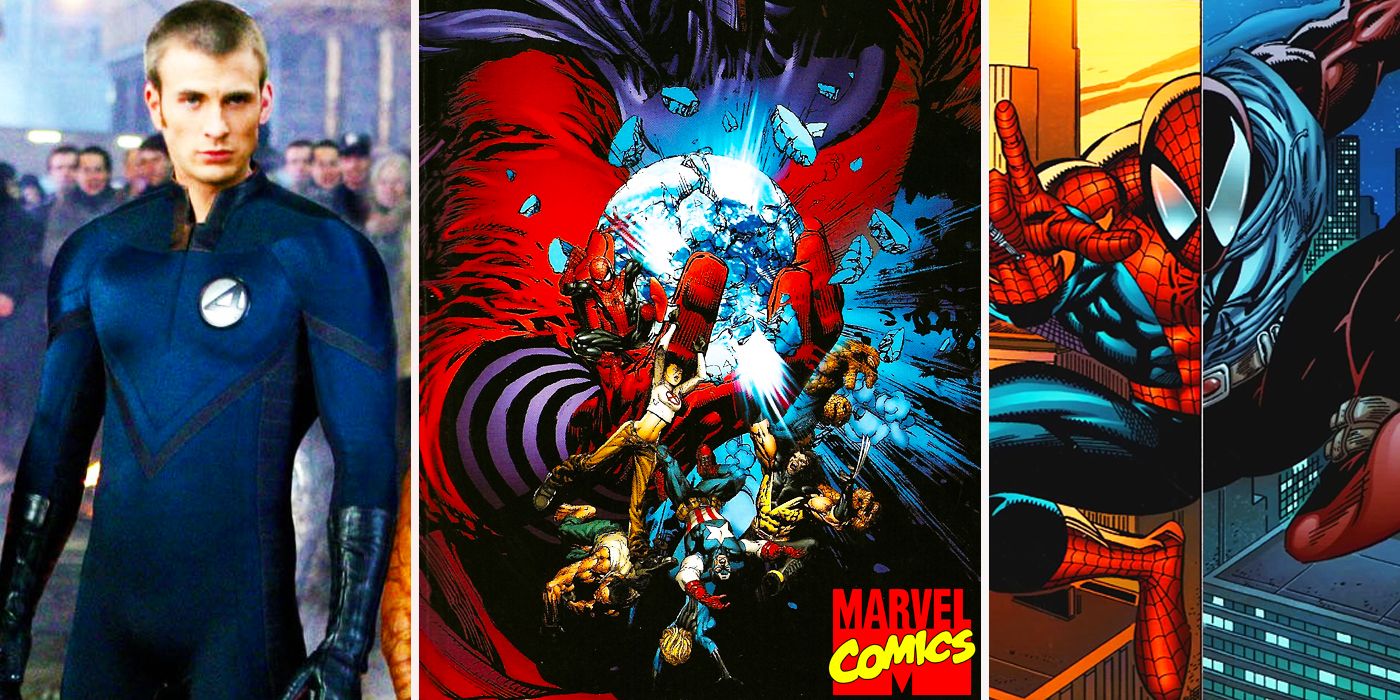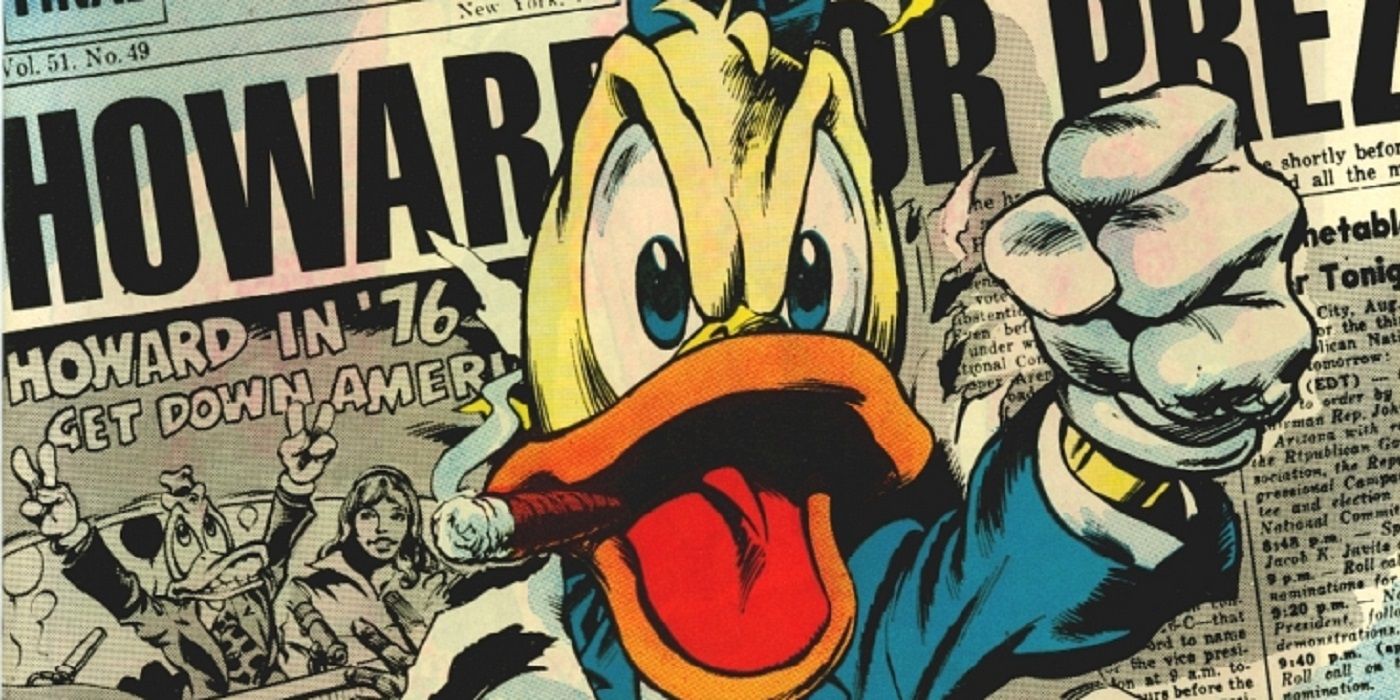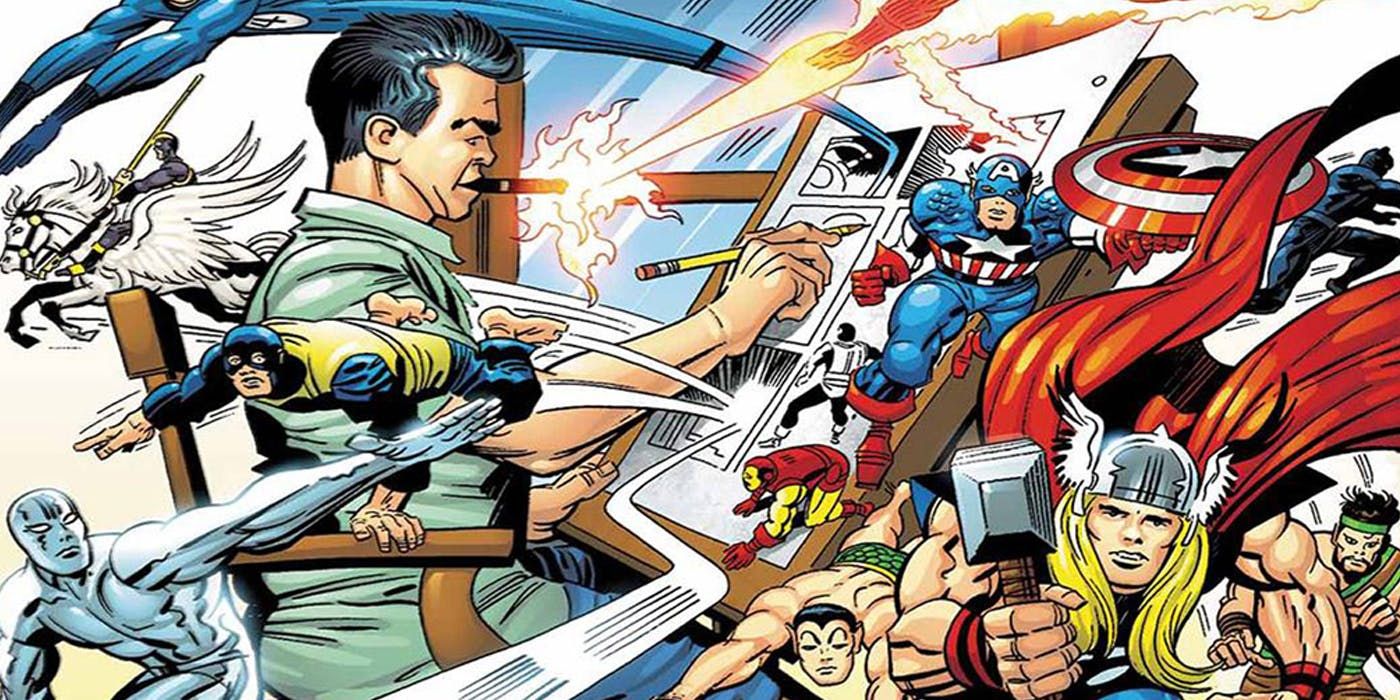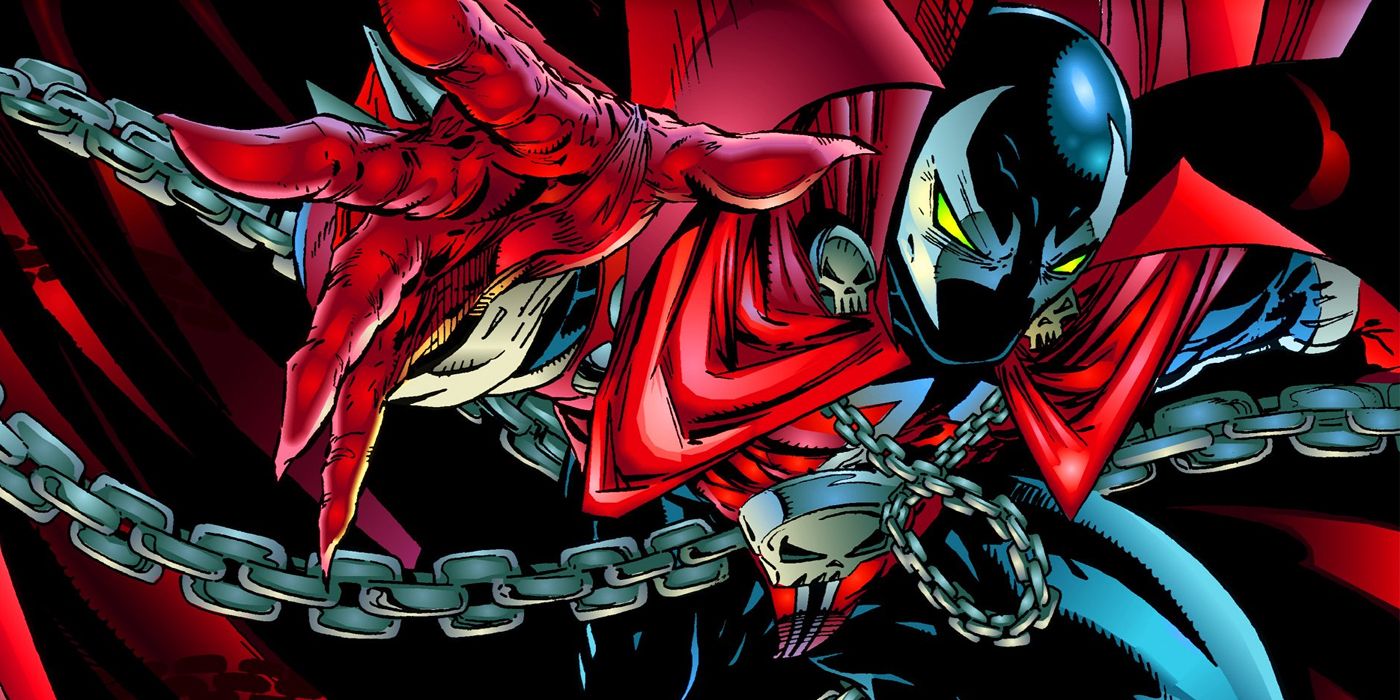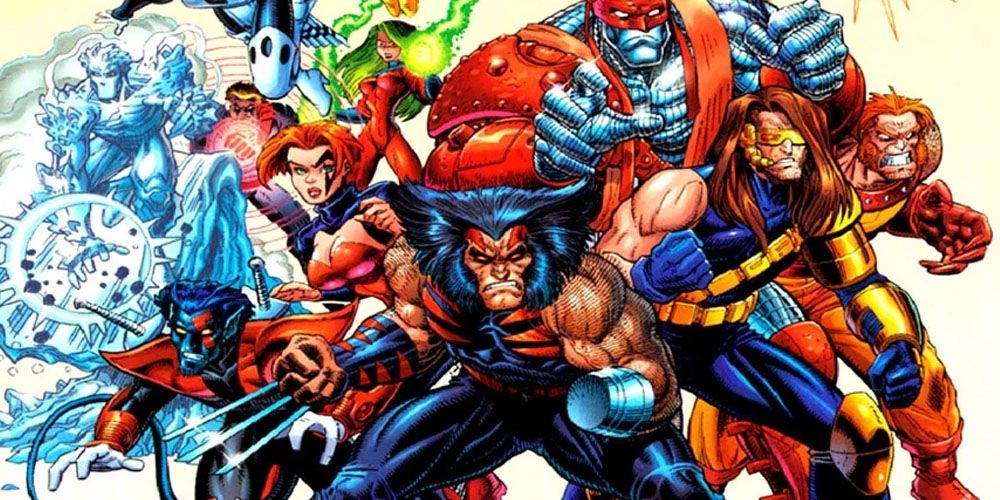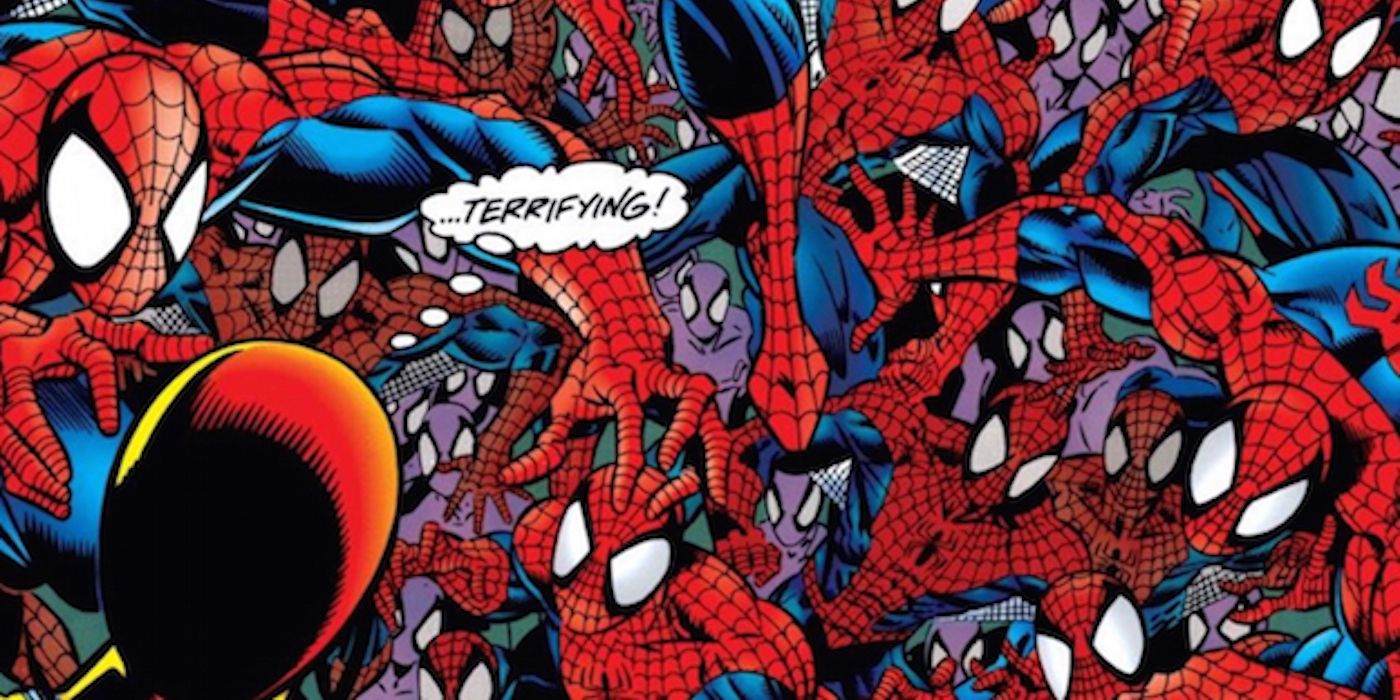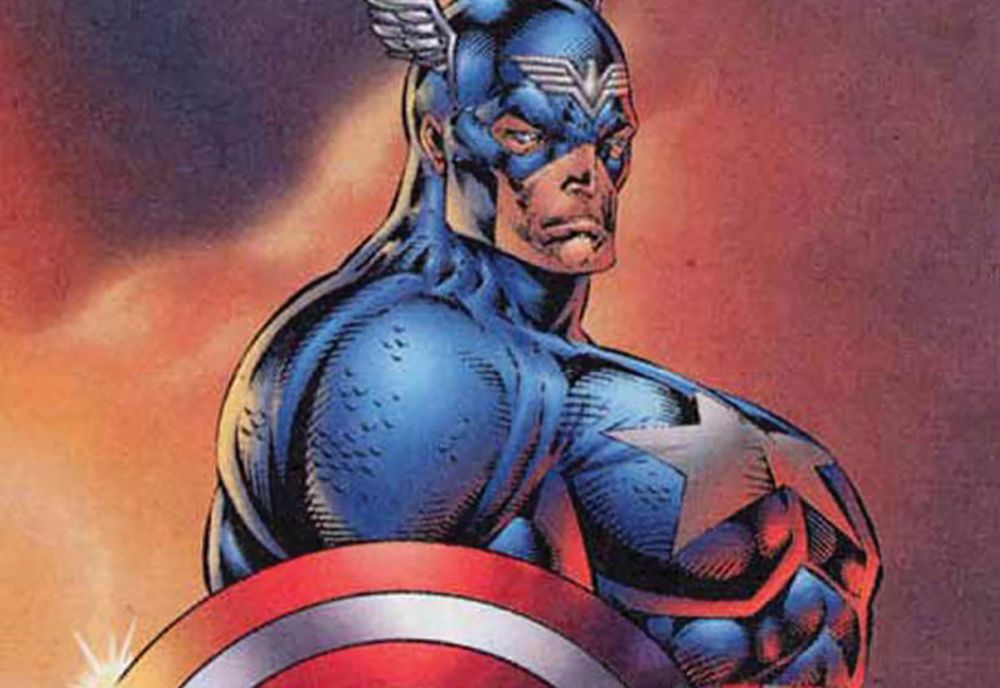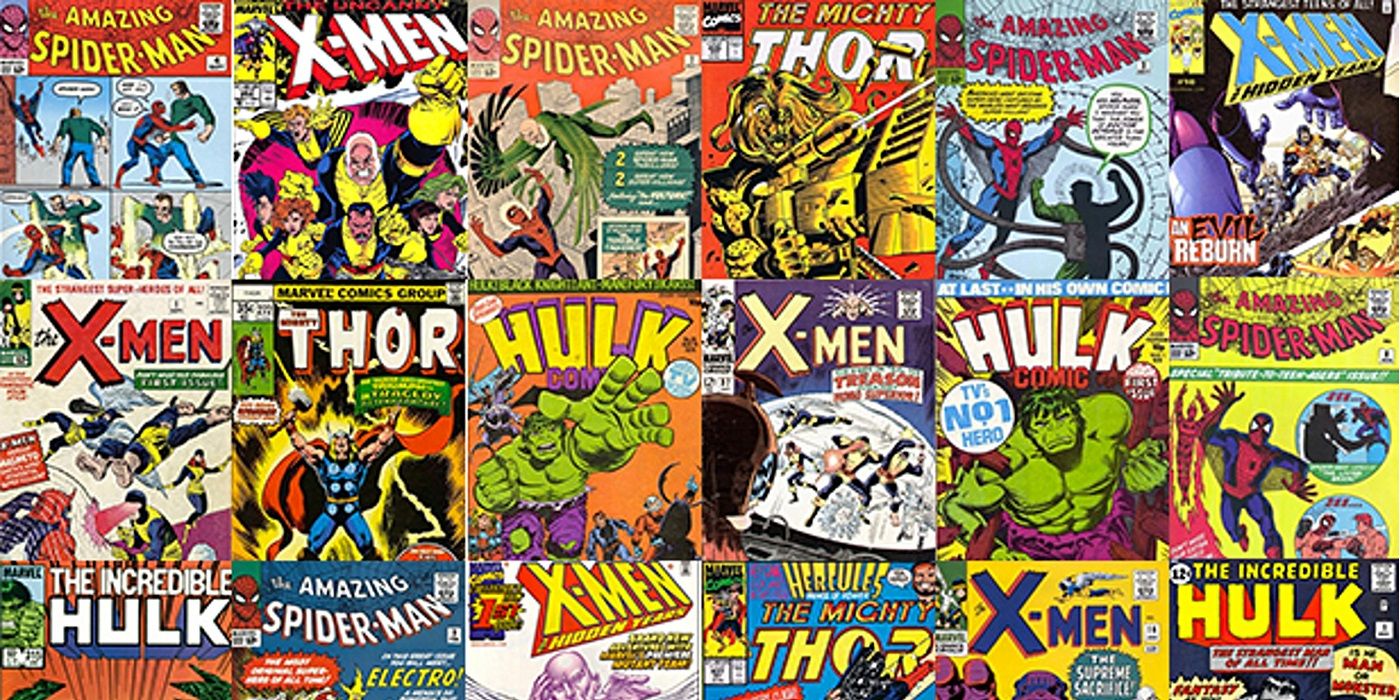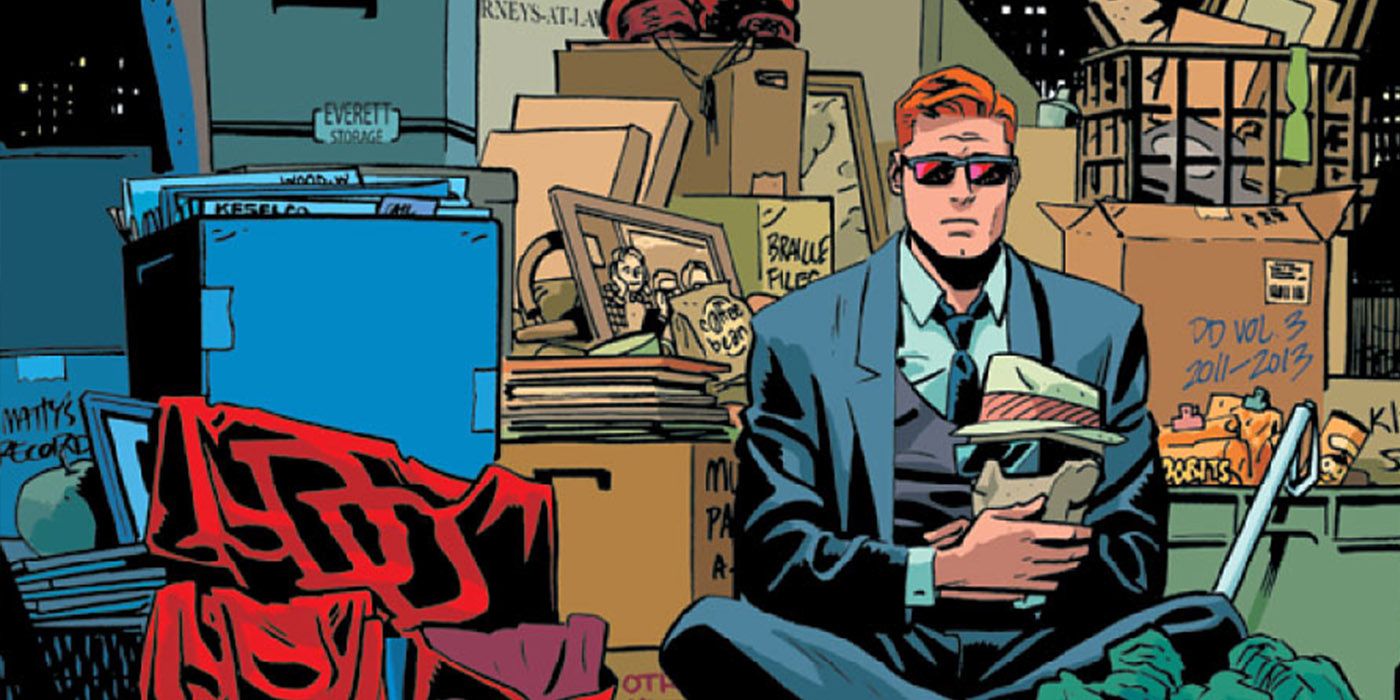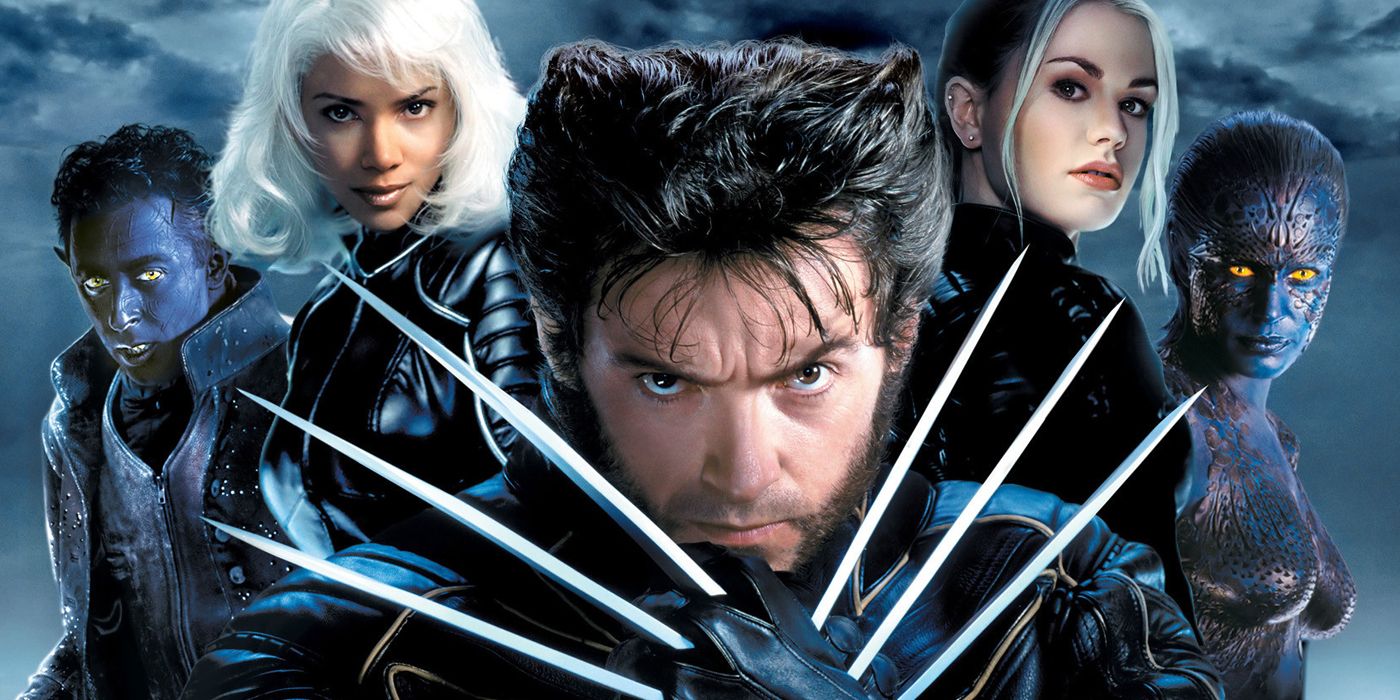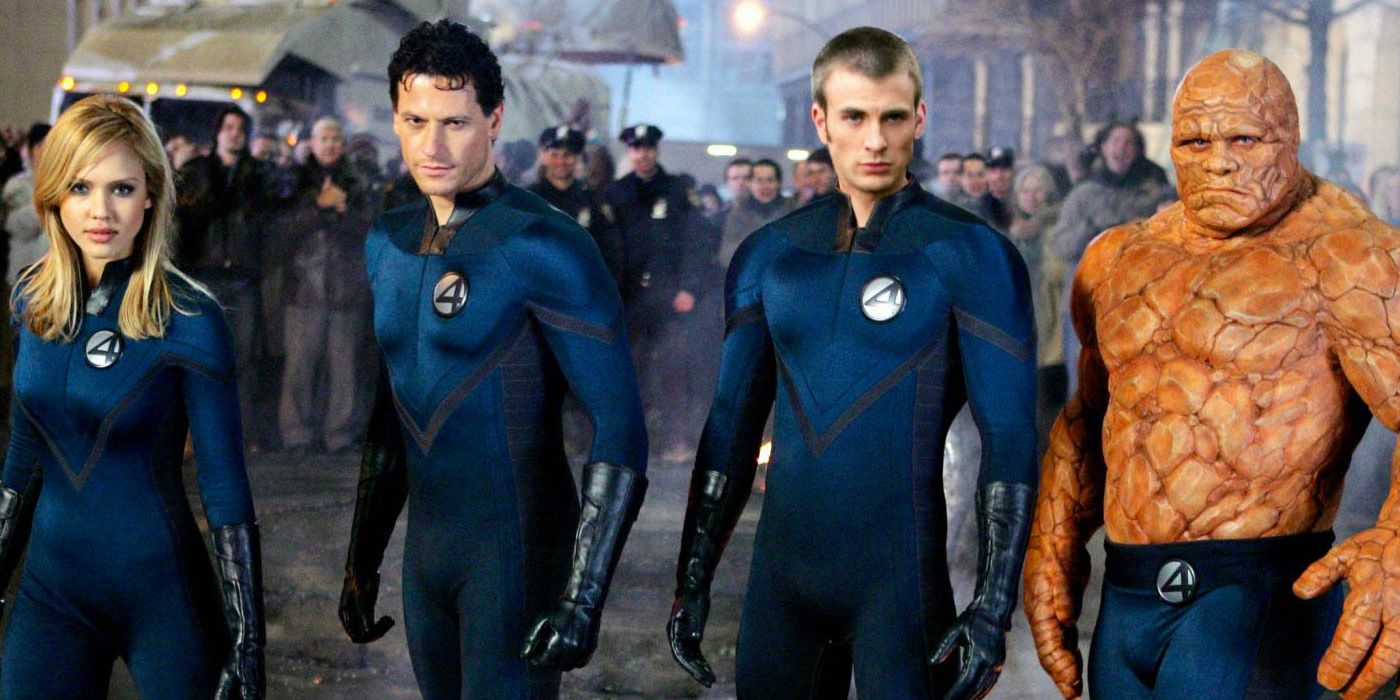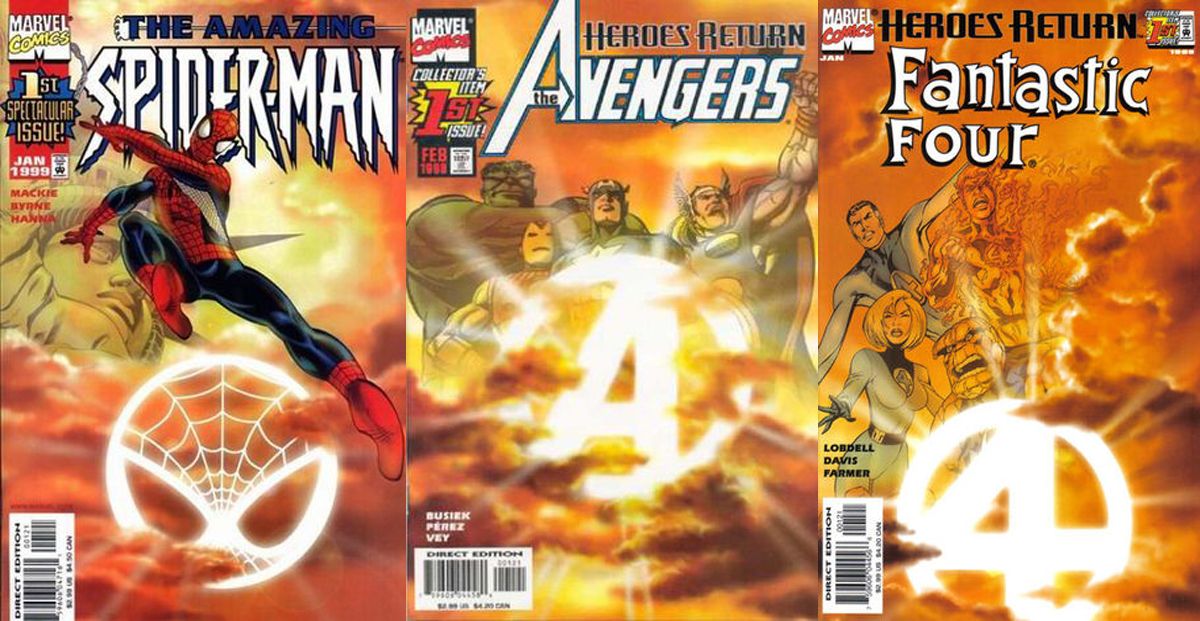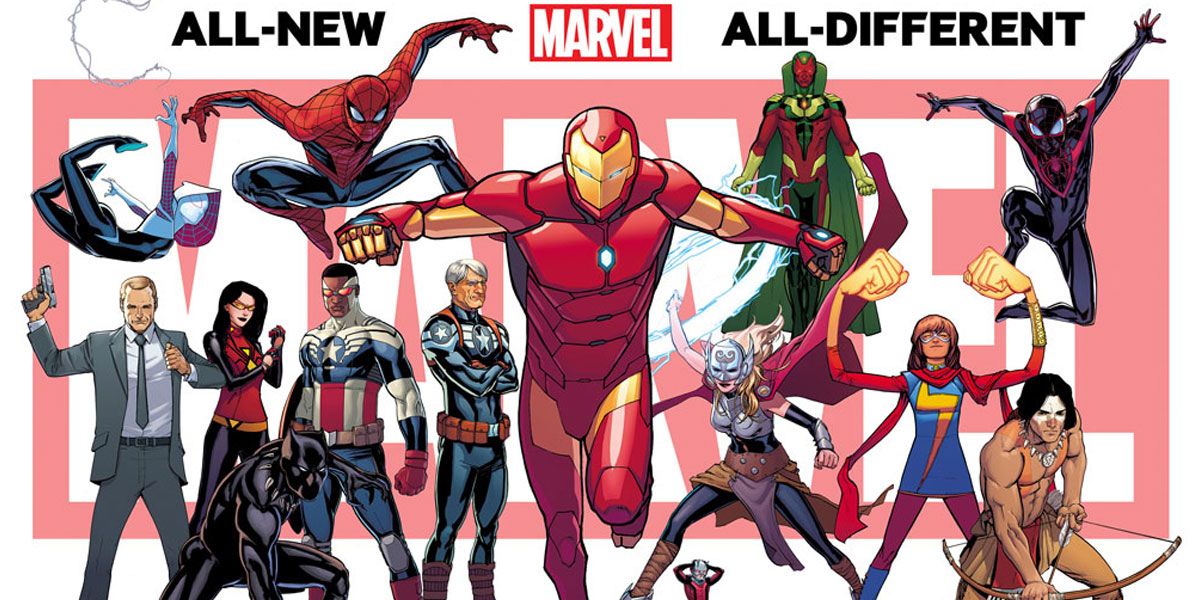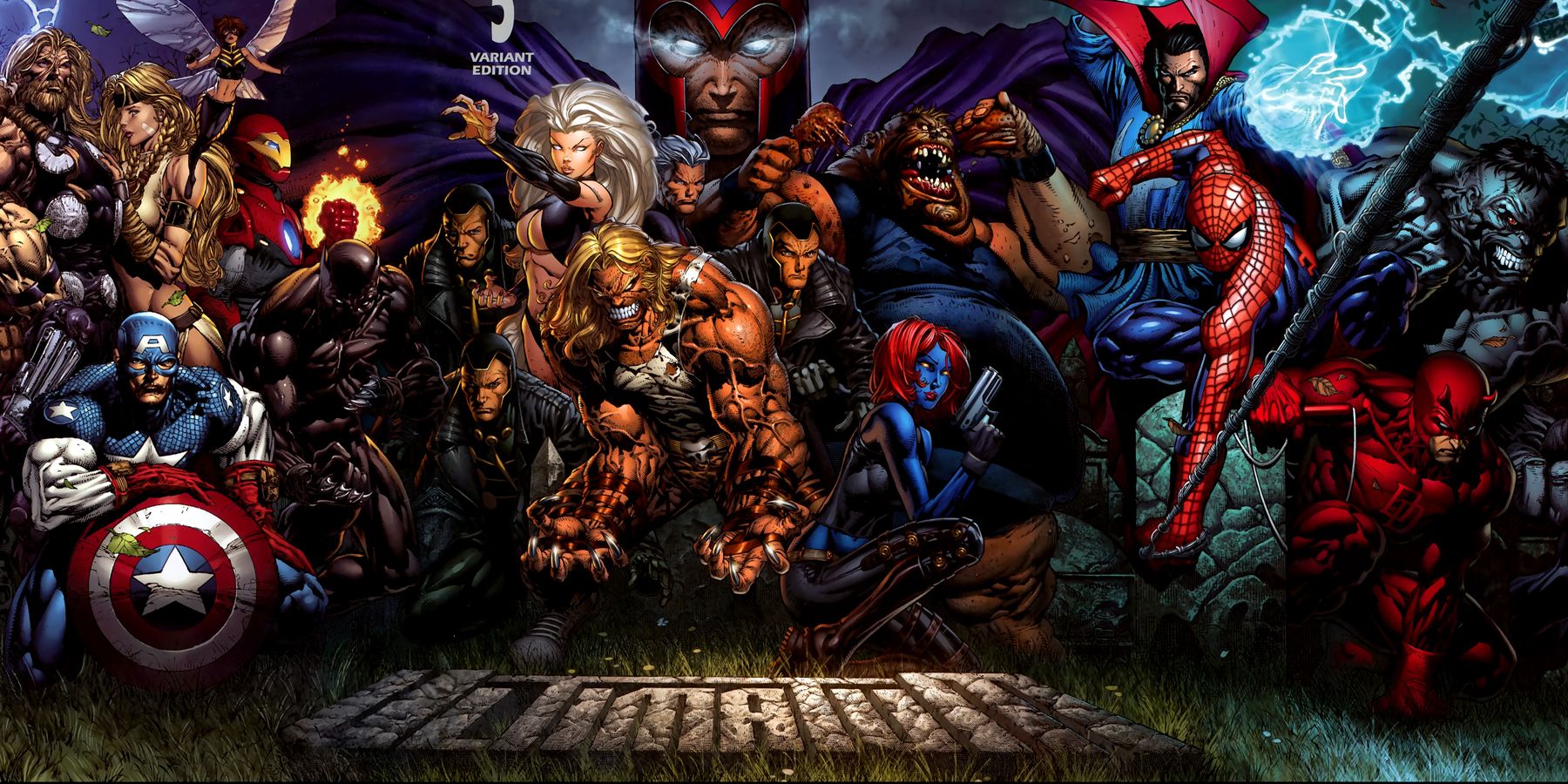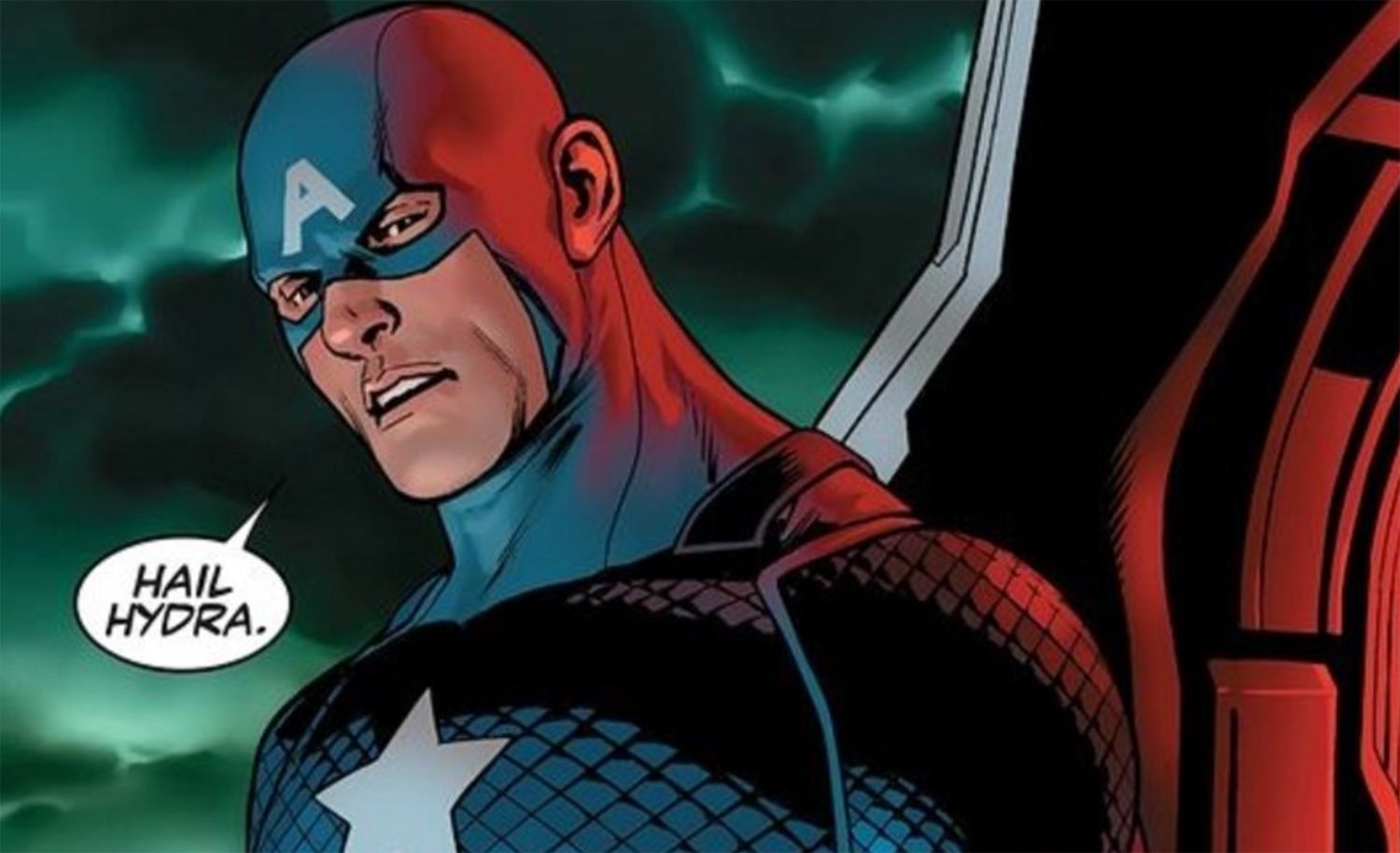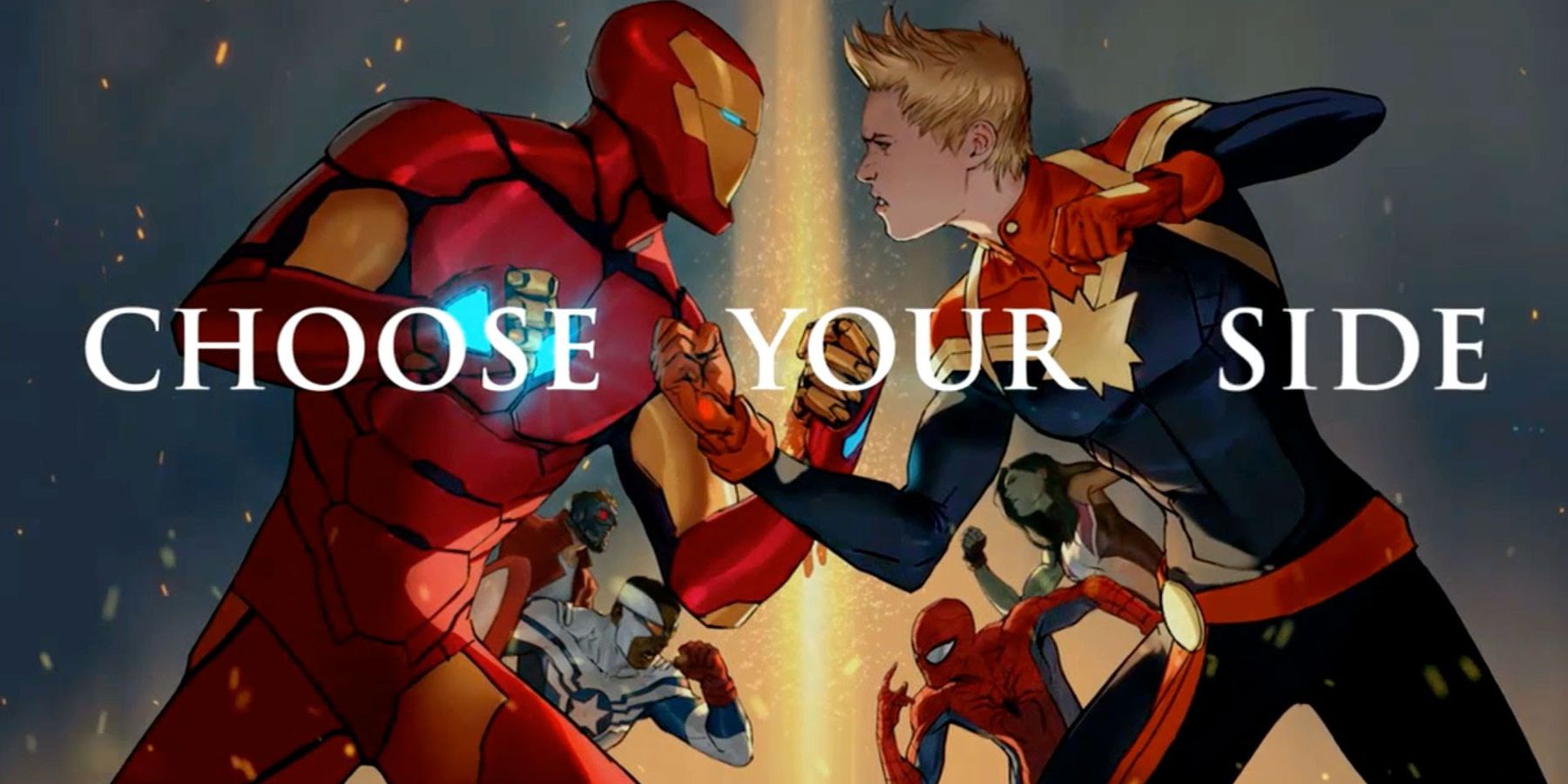Marvel Comics roared to life in 1961 when Stan Lee and Jack Kirby created The Fantastic Four. In the years that followed, Marvel was able to carve out a piece of pop culture history by putting out superhero comics that played in the real world, separating it from DC Comics, where God-like characters ruled the day for many years. However, while Marvel Comics enjoyed great success with characters like Spider-Man, The X-Men, The Avengers, and much more, it also had some hiccups along the way; moments that almost brought the entire empire crashing down. Whether it was problematic storylines that caused fans to rebel or business decisions that nearly caused the whole company to fold financially, things haven't always been rosey for Marvel.
RELATED: 15 Controversies That Almost Destroyed DC Comics
Despite all the perceived mistakes and the bad publicity, Marvel Comics has thrived over the years, using the comic books themselves as a medium to become one of the most successful movie studios in the world today and turning superheroes that were once geek properties into mainstream success stories. It speaks wonders that Marvel Comics has thrived despite the missteps and mistakes of its past. As Marvel continues to explore its future in Hollywood, here are 15 controversies that almost destroyed Marvel.
15 MARVEL VS. CREATORS
In the old days, it was often easy for a company like Marvel Comics to bury news items it didn't want fans to know. However, thanks to comic conventions, magazines like Wizard, and now the Internet, it is easier than ever for fans to uncover secrets for any company or individual. That includes Marvel Comics clashing many times over the years with former fan-favorite creators.
There have been numerous lawsuits over the years with creators taking on Marvel, trying to get what they believe the company owes them. Steve Gerber (Howard the Duck), Gary Friedrich (Ghost Rider), Marv Wolfman (Blade), Chris Claremont (X-Men) and even Stan Lee have taken on Marvel at one point or another, but the comic book giant almost always wins.
14 JACK KIRBY
Fans often get behind their favorite comic book creators when they go head-to-head with a giant corporation like Marvel Comics or DC Comics. To see how rabid fans can get when they feel a comic company is stepping on the rights of a beloved creator, just look at how DC Comics readers rebelled due to the treatment of Jerry Siegel and Joe Shuster concerning the rights to Superman.
In Marvel Comics, the controversy that sits above all the rest is the treatment of Jack Kirby. The battles between Kirby and Marvel lasted even a decade after his death in 1994, when his family battled for the rights to his art. Marvel finally settled with Kirby's family years after his death, but it is enough to make a fan reconsider their loyalty to a brand. As Kirby once said, "comics will break your heart."
13 IMAGE COMICS
One of the most significant problems that Marvel Comics suffered over the years was the ever-present conflict it had with its creators. The company has always maintained that writers and artists were contractors for hire and everything created while working with Marvel was the property of Marvel. Thus, the creators had no stake in the characters. In 1992, a number of these creators took matters into their own hands.
Erik Larson (Amazing Spider-Man), Rob Liefeld (X-Force), Jim Lee (X-Men), Todd McFarlane (Amazing Spider-Man) and more executed an exodus from Marvel Comics and created Image, a company where the creators owned their characters and had no editorial interference on storylines. It was a huge move that cost Marvel some of its top talents. Even worse, Marvel tried to duplicate what Image was doing regarding art and storylines, contributing to its struggles through the '90s.
12 MARKETING DEPARTMENT TAKES OVER EDITORIAL
Through the '80s, Jim Shooter led Marvel to great heights. He oversaw event comics like Secret Wars and Contest of Champions as well as working as editor-in-chief during Frank Miller's Daredevil run and Chris Claremont's work on X-Men. However, in 1987, Shooter left and Tom DeFalco replaced him until 1994. After that, something unusual happened.
In his book Marvel Comics: The Untold Story, Sean Howe described how Marvel Comics chose to use a separate group of men to oversee the comics, and the new hierarchy involved the marketing department taking the lead in storylines. Instead of writers and editors working on their stories, the marketing department told them what they needed to sell the books, and that led to some very controversial decisions that almost killed Marvel Comics by the mid-'90s.
11 THE CLONE SAGA
Spider-Man has always been one of the most popular characters in the entire Marvel Universe. Much of his popularity stems from the fact that Spider-Man is a kid who gained superhuman powers and then had to learn how to become a hero. Peter Parker was just like the kids who read the comics; he was a character that they could strive to emulate when it came to time finding their purpose in life.
In 1994, Marvel Comics wanted to do something big with Spider-Man after the Age of Apocalypse storyline was successful. As a result, it pulled out an old storyline from 1975 where Jackal created a clone of Spider-Man and then stretched it out to a two-year monster storyline where fans learned that the Spider-Man they followed for years was the actual clone. With hundreds of comic books telling this spiraling, confusing story, many fans checked out, and Marvel almost destroyed its beloved superhero.
10 HEROES REBORN
By 1996, Marvel Comics was in a state of disarray. The company had just finished the massive X-Men crossover event Onslaught and killed off the Avengers and Fantastic Four by the end. The entire idea, it seemed, was to reboot the whole line of comics. With the success of Image, Marvel chose to go to two of the creators that left the company a few years prior -- Rob Liefeld and Jim Lee -- and make them an offer.
The idea behind Heroes Reborn was solid, as Marvel Comics wanted to bring their superheroes into the modern day and rebooted some of the backstories to make classic heroes more contemporary. The changes made were controversial, though, more than the company could handle. Marvel terminated Liefeld early, and it all ended with a return to mainstream continuity. By the end of 1996, Marvel filed for bankruptcy.
9 HEROES WORLD
In 1994, Marvel wanted to take more control of its distribution. As a result, it purchased a regional distributor from New Jersey known as Heroes World. The idea was that Marvel would distribute its comics, helping the bottom line financially. However, due to some mistakes and miscalculations in the business model, it brought the entire comic book industry crashing down by the end of the century.
A leaked memo revealed that Marvel would only use Heroes World and demand that all retailers open an account with it while other established distributors struggled to replace the loss of 40-percent of the industry market share. Marvel tried to diversify with trading cards, but by 1996, Marvel was under Chapter 11 bankruptcy. By 1997, the entire deal with Heroes World collapsed.
8 THE BANKRUPTCY
The entire comic book industry was struggling by the end of the '90s, and Marvel Entertainment Group had to end up filing bankruptcy in 1996. DC Comics was making it thanks to its relationship with Warner Bros., but Marvel was self-reliant. Bad business decisions and unfortunate creative choices caused the company to spiral down until it looked like it might finally self-destruct.
Marvel made some quick moves by shuttering its deal with Heroes World and ending the Heroes Reborn storyline. The struggle was between Ron Perelman (not to be confused with the amazing Ron Perlman) and Carl Icahn. It was Icahn who won out in the end, with Marvel merging with Toy Biz Inc. Perelman gave in and acknowledged mismanagement of Marvel and the company barely came out of the entire era intact.
7 MARVEL LICENSES OUT ITS BIGGEST PROPERTIES
While the Marvel Cinematic Universe has grown into one of the most successful movie enterprises in the world, fans still look at the properties that Marvel can't utilize in its movie world. That is because, when Marvel needed money in the '90s to survive the slump in the comic book business, it licensed out its most significant properties to other movie studios.
To this day, Fox still holds the rights to all mutants in the X-Men world, as well as The Fantastic Four. None of those characters can ever team with The Avengers in a movie unless Marvel strikes a deal as it did with Sony for Spider-Man. Marvel has had to make a lot of agreements just to get rights to characters back and still can't make a new Hulk movie because of these old contracts.
6 THE BURIAL OF THE FANTASTIC FOUR AND X-MEN
For many years, there wasn't a comic book property that sold better than The X-Men at Marvel. Wolverine and his mutant partners made more money for the publisher than almost anyone when it comes to comic book sales. While not as successful financially, The Fantastic Four is the team that helped launch Marvel to the stratosphere. However, Marvel has tried to kill both franchises in recent years.
Leaked memos indicate that Marvel disallowed any writers to include members of The Fantastic Four in comics just after the Josh Trank-helmed flop happened. The company canceled the FF title and then chose to promote Inhumans over mutants in comics and on television. The conspiracy theorists believe that Marvel is trying to cripple the franchises to hurt Fox. However, what it does is drive fans of the properties away from Marvel Comics and cut short an avenue of traditional (and usually successful) storytelling.
5 TOO MANY GIMMICKS
Marvel Comics seemed best at telling stories and creating characters that kids could relate to and learn valuable life lessons from. The stories, the journeys, and the moral value made the company very successful over the years. However, sometime in the '90s, Marvel Comics started to try to market comics only to collectors and began using gimmicks to sell its books.
Variant covers forced collectors to buy multiple versions to have all the possibilities. Individually bagged comics forced collectors to buy two issues - one to read and one to never open. Add in celebrity writers who would often go months on end without releasing issues, and comic book fans grew weary of the gimmicks designed to take more money out of their pockets. This trend isn't just a Marvel Comics problem, but it lost readers due to the marketing schemes.
4 LACK OF NEW CHARACTERS
Swapping out characters has happened a lot over the years, and things don't seem to change. In the beginning, Marvel Comics looked like a never-ending idea factory, with Spider-Man, The X-Men, Fantastic Four, Iron Man, Doctor Strange and more flooding into the market, giving comic book readers a hero for any and all tastes. However, as the years passed by, fresh new characters seemed limited.
Over the years, instead of creating new heroes, Marvel Comics rebranded heroes. It isn't new, as Marvel turned Rhodey into Iron Man years ago and more recently turned Falcon into Captain America and Jane Foster into Thor. Add into that the trend of having new characters take over iconic roles. While some critics claimed that the so-called "politically correct" world forced changes, the reality is that Marvel seems more interested in rebranding successful superheroes than creating fresh ones. One theory maintains that has chased off some older readers instead of bringing in new fans excited for brand-new superhero debuts, while another suggests the company has simply hit a rut creatively.
3 ULTIMATUM
When Marvel Comics created its Heroes Reborn storyline, the idea was to take the classic characters and refresh their origins for a younger audience. It failed miserably and almost cost Marvel everything and the company suffered. However, Marvel tried it again in 2000 in a different manner, and Ultimate Marvel was a huge success.
Instead of changing long-standing characters, Marvel created an alternate timeline and brought its classic heroes into the new world of the 21st century, with modern origins and original stories. Marvel also chose to make this world more realistic. For example, if a character died, they stayed dead. It was widely popular until Ultimatum. The crossover series featured over 30 deaths with horrific and gratuitous violence and destroyed the entire Marvel Ultimate comic line, the remnants of which got folded back into main continuity.
2 CHANGING CHARACTERS FOR SHOCK VALUE
Sometimes, success for Marvel comes with the expectations of topping it with something bigger and better. One of the most significant changes that Marvel Comics made to one of its beloved characters was taking Jean Grey -- one of the most influential female superheroes of the era -- and turning her into the Dark Phoenix before killing her off. It was a giant success, and Marvel started toying with other characters.
Over the years, Marvel changed Spider-Man into a clone, had Iron Man turn out to be a murderous villain in the '90s, turned Cyclops into a martyr in Avengers Vs. X-Men, and more recently had Captain America seemingly reveal that he was always a member of HYDRA. Most of the time, these changes end up as misdirects or Marvel retcons them. However, as Captain America proved, it can also drive away readers and create bad press.
1 FOCUSING ONLY ON EVENT COMICS
At one time, comic book crossover events were exciting and brought characters together that ordinarily never crossed paths. Secret Wars and Contest of Champions were entertaining events for comic book fans that added to the regular monthly titles in unique ways. However, over the years, Marvel has taken these events and made them overwhelm any individual stories and overshadow everything else in Marvel.
As a result, an event like Civil War is a seven-issue miniseries but crosses over to dozens of individual issues, interrupting characters' natural progression. While Civil War was polarizing, it was successful. However, an event like Fear Itself was not critically well-received and caused readers to sludge through it just to follow their favorite superheroes books. While event comics can be exciting, it wears on regular readers and drives them away from monthly comics and to the graphic novel collections in the future.
Can you think of any other times Marvel nearly dodged ultimate destruction? Let us know in the comments!

